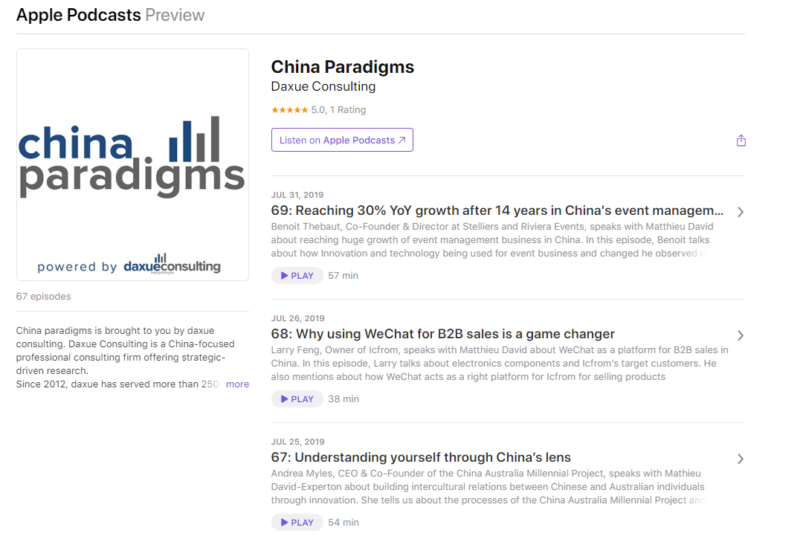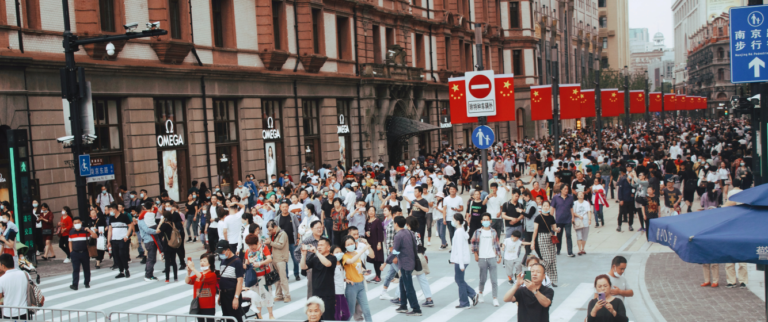Vast urbanization and China’s consumption-led economy contribute to the rapid growth of Chinese middle-income consumers. The changing Chinese middle class lifestyles create trends that should be considered when making a China market strategy.
Chinese middle class Overview
Urbanization of Chinese society
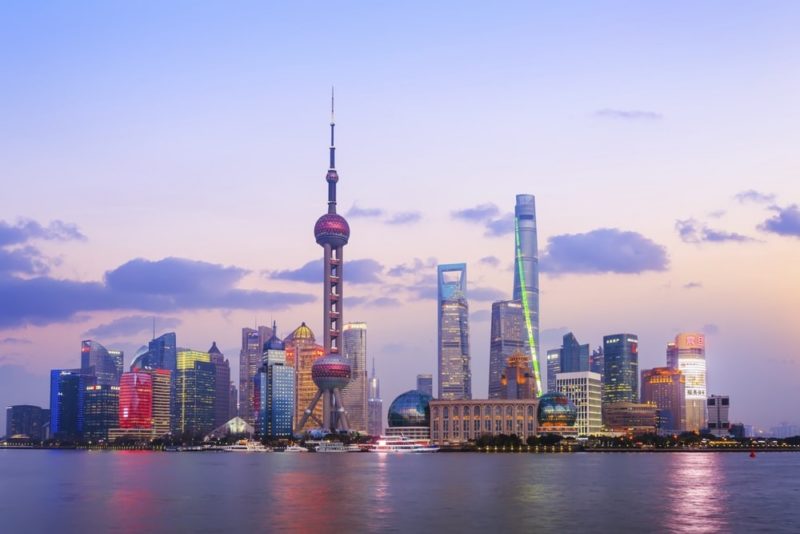
According to China’s National Bureau of Statistics, at the end of 2018, the permanent population of urban areas in China reached 83.137 million, an increase of 17.9 million from the end of 2017. The resident population of rural areas was 56.41 million, a decrease of 12.6 million from 2017. The urbanization rate of China (the proportion of the people living in urban areas) is 59.58%, which is 1.06 percentage points higher than that at the end of 2017. With the growth of the Chinese economy, urbanization has been expanding rapidly.
The purchasing power of Chinese middle class continues to rise
According to the 2018 Global Wealth Report, China’s contribution to global middle-class growth is the largest in the world. In terms of the absolute growth of personal assets, the United States still surpasses China and ranks first in the world. In 2017, the United States accounted for 44% of the total growth in global household financial assets, compared with 25% in China. As the world’s second-largest economy, the Chinese middle class already accounts for half of the global middle class. In 2000, only 500 million people in the world were middle-class and half lived in Japan, North America, and Western Europe. However, by the end of 2017, the number of the middle class in these industrialized countries has fallen to 1/4, while the middle class in China is half of the world. The “rich middle class” defined by Allianz is the net financial assets held by individuals between 7600 euros (about 61,200 yuan) and 45,600 euros (about 367,100 yuan). In the Allianz report, the “middle class” is defined as a personal wealth of between 7,600 euros (60,000 yuan) and 45,600 euros.
Chinese middle class behavior overview
In the inland areas and low-tier cities, the residents are relatively more conservative when making purchasing decisions compared to those who live in big cities. Whereas a common principle shared by these middle-income consumers is that they usually prioritize the quality above all other standards even when they are known to be quite brand-oriented. Since the Chinese middle class is growing across the whole nation, foreign companies will more and more be able to target inland provinces. Since the four first-tier cities are approaching a saturation phase, the growing middle class in low-tier cities are becoming more promising target consumers. The purchasing power of Chinese middle-class in first-tier and second-tier cities are considerable but on the other hand, the consumers are more sophisticated and more loyal to brands. In comparison, in lower-tier cities that are seeing rapid growth, there will be more market opportunities and untapped consumption power. At the same time, brands will face more difficulties in the distribution and logistics.

Chinese middle class lifestyle changes
The brand trend of Chinese middle class
The Chinese middle class has a demonstrated preference for western brands. More than 70% of middle-income consumers are buying well-known international brands. But in recent years, since consumers have gained more insight into the markets, Chinese middle class lifestyle is no longer merely brand-oriented. Quality now becomes their first standard. Daxue classifies middle-income consumers into four types: progressive affluent spenders (18% of respondents), trendy-aspirers (28%), value-led buyers (26%) and conservative spenders (28%). The first two types are more likely to buy western brands, but more than 80% of the respondents claimed that quality was their first consideration. The conservative spenders even regarded well-known brands or luxuries as a waste of money for they weighed durability and quality over brand names; as a result, in certain situations, they are more inclined to buy domestic brands.
Chinese consumers contribute to around 30% of the global luxury consumption, and domestically, the middle-class consumers account for 70% of the luxury market. The top listed items they have been purchasing are handbags, clothing, jewelry, shoes, and cosmetics. The high luxury spending by those Chinese middle class consumers is mainly to indicate their social status. Yet, surprisingly, these consumers are relatively younger than those in western countries, with an age range of 18 to 35 years old. In high-tier cities, luxury consumers are less likely to stay loyal to one brand and they tend to shift their taste from one to another, following the current trend. If foreign luxury brands want to maintain the loyalty of Chinese consumers, they can not only rely on their brand names; instead, it is more important that they appeal to the consumers’ changing tastes and the current fashion. One positive note is that there are far fewer domestic luxury brands to compete with; therefore, foreign luxury brands enjoy a higher reputation among the consumers. Moreover, driven by the growth of the middle class in low-tier cities, foreign luxury brands are expected to gain a considerable number of new consumers in the following years.
Chinese middle class leisure spending
Most of the Chinese middle class will spend their leisure time on entertainment, dining out and traveling. As Chinese middle-income consumers are quite family-oriented, they spend lots of time with their family and close friends. This also means they usually prefer dining out in groups, especially for family and friend’s gathering. After dinner, they normally won’t go directly home but go somewhere else to prolong the reunion, such as seeing a movie, singing karaoke, or playing cards. This is one major reason why the catering industry and the entertainment industry are seeing great increases in total consumption. In the higher-tier cities, Chinese middle class consumers nowadays do not consume for simple entertainment; instead, Chinese middle class lifestyle often centered on the pursuit of health and balance. New forms of entertainment such as yoga, tea ceremonies, art, etc. are increasingly popular among Chinese middle class.

Traveling is another prominent leisure consumption among the Chinese middle class. The top three destinations in 2019 are Thailand, Hong Kong, and Japan. Although Asia still occupies more than half of the destination locations, the Americas and Europe have been enjoying a swelling expansion in the market share. To most middle-income consumers, traveling has become a light luxury recreation product.
The inclination to a healthier lifestyle
With high work pressure and the occurrence of sub-health problems, the middle class is keenly aware of the importance of a healthy lifestyle and most of them have already adapted to healthier life habits, including their purchasing choices. Concepts of food consumption are putting more emphasis on healthy diets so brands concerned with green food are more likely to be trusted and adopted by consumers. Although Chinese citizens are more concerned with their healthcare than ever before, the healthcare market in China is still under-served. The aging population and rising rates of chronic disease are calling for a more developed Chinese healthcare system. Therefore, the current situation leaves many opportunities for foreign companies to fill this market gap.
E-commerce and Social Media
The high adoption rate of computers and smartphones among the Chinese middle class has accelerated the growth of E-commerce and M-commerce.
During the “shopping carnival” on Nov.11th (China’s Single Day) Alibaba witnessed the rise of the new Chinese middle class (the generation after the 80s and 90s). “2018 China Mobile Internet Spring Report” shows that as of March 2018, Taobao’s monthly per capita usage reached 93.4 times, and the usage time was more than 290 minutes, which was significantly higher than the same period of last year, and the user’s stickiness was further enhanced.
Although members from first to third-tier cities account for most of the online consumption, the consumption power underlying the lower-tier cities cannot be neglected. With careful management of the great market opportunities on Taobao, Uniqlo, and other companies successfully expanded their business in many low-tier cities. And this was not the only case. With Jingdong, Mogujie, Dianping, and many other emerging online retailers or mobile applications entering the E-commerce and M-commerce, the overall online consumption has been rising at an exponential rate. While shopping online, the middle-income consumers still prioritize quality over price and brand but imported products account for 25% of their total online consumption.
Social media has an overwhelming influence on Chinese netizens. Companies are recommended to use social media in China to promote on a large scale. But online promotion has advantages and disadvantages. More than 60% of the middle class are viewing comments and recommendations on Weibo, WeChat, and other popular platforms. Most of them are women with high consumption motives and are susceptible to other people’s opinions on the products they are not acquainted with. Once you capitalize on social media to promote your products, the high exposure and miscellaneous feedback will, on one hand, bring you more potential customers, but on the other hand, these comments may form a biased image of your products. Knowing what appeals to your potential customers and knowing what caters to the trend, the online promotion will be a powerful tool.
Case study: Mobile Application – Xiaohongshu
Xiaohongshu – the social commerce application based off recommendations
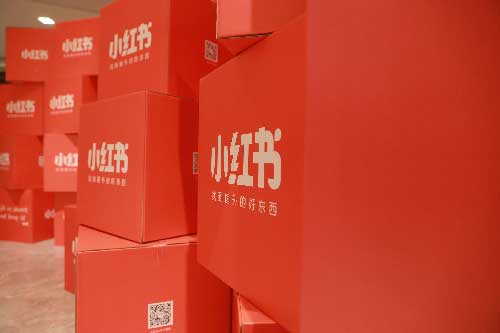
Xiaohongshu, an online shopping and social commerce platform in mainland China, was established in June 2013, which claims to have 200 million users as of January 2019. In the Xiaohongshu community, users and celebrities can share product reviews and travel destinations.
The success of Xiaohongshu and its influence on the influence the consumption of Chinese middle class
In January 2019, the number of registered users of Xiaohongshu exceeded 200 million, and the daily activity exceeded 10 million. It is the largest community e-commerce platform in the world.
Most of Xiaohongshu users are under 30 years old, 40% are users under 24 years old, and 30% are 24-30.
In terms of the distribution of purchasing power of Chinese Xiaohongshu users, the middle and middle-high consumers accounted for a large proportion, but the proportion of low-middle consumers increased rapidly.
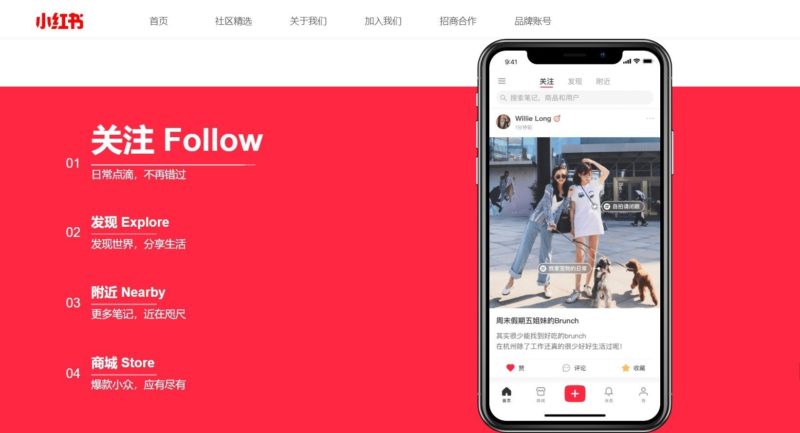
Xiaohongshu, was originally a platform for Haitao and Haitao experience sharing, and has since accumulated many high-income and older Haitao target users. It can be seen from the distribution of provinces that the users of Xiaohongshu are mostly concentrated in the more developed coastal provinces. Compared with the second and third-tier cities, the number of Xiaohongshu users in the first-tier cities is the highest, accounting for 40.94%.
Above all, the Chinese middle class is has great consumption power which is an opportunity for foreign companies to consider into their China market strategy. China’s middle class is sophisticated and value-oriented. Additionally more and more of the inland Chinese population are joining the middle class, which creates opportunity for foreign brands to expand deeper into China.
Make the new economic China Paradigm positive leverage for your business
Listen in China Paradigm in iTunes
